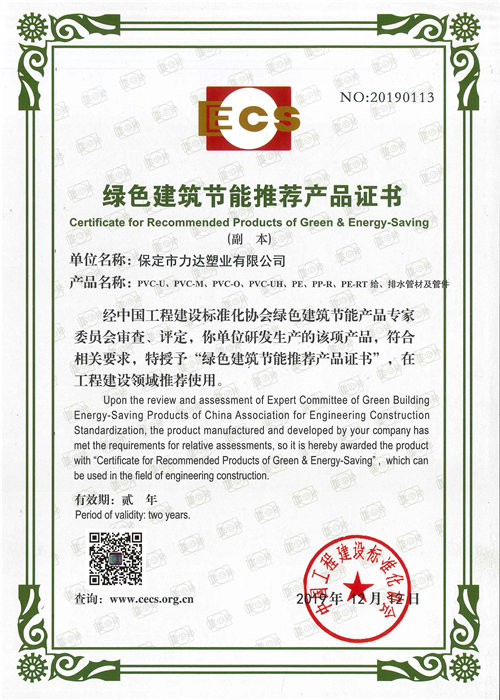Nov . 28, 2024 12:39 Back to list
Types and Applications of Structural Pipe Fittings for Various Construction Needs
Understanding Structural Pipe Fittings A Comprehensive Guide
Structural pipe fittings are essential components in various construction and industrial applications. These fittings, designed to connect or link structural pipes, play a critical role in ensuring the stability, durability, and safety of various structures. Understanding the types, materials, and applications of structural pipe fittings can significantly impact the efficiency and effectiveness of engineering and construction projects.
Types of Structural Pipe Fittings
1. Elbows Elbow fittings are used to change the direction of the piping system. They come in various angles, commonly 45 degrees and 90 degrees, allowing for flexibility in design and installation. Elbows help navigate around obstacles and maintain flow direction while minimizing pressure loss.
2. Tees Tee fittings allow for the branching of piping systems. They are essential when a pipeline needs to split into two directions. The standard configuration includes one inlet and two outlets, making it a popular choice in plumbing and industrial applications.
3. Reducers Reducers are utilized to connect pipes of different diameters. These fittings come in two types concentric and eccentric. Concentric reducers maintain a symmetrical profile, while eccentric reducers create a flat surface on top or bottom, often used in a horizontal installation where drainage is essential.
4. Caps and Plugs Cap fittings provide a closure for the end of a pipe, while plugs offer a similar function but are typically installed in threaded fittings. Both serve to seal the piping system, preventing leaks and contamination.
5. Flanges Flanges are used to connect pipes, valves, or other components, providing a strong and secure junction. They are available in various sizes and materials, making them suitable for various pressure conditions.
Materials Used in Structural Pipe Fittings
The choice of material is crucial when selecting structural pipe fittings. Common materials include
- Steel Known for its strength and durability, steel is often used in high-pressure applications. It can withstand heavy loads and is resistant to deformation.
structural pipe fittings

- Stainless Steel This material is ideal for environments exposed to moisture, chemicals, or corrosive substances
. Stainless steel fittings offer excellent resistance to rust, making them suitable for both indoor and outdoor use.- PVC and CPVC These plastic fittings are lightweight and resistant to corrosion. PVC (Polyvinyl Chloride) is often used in water supply systems, while CPVC (Chlorinated Polyvinyl Chloride) is used for hotter water applications.
- Copper Copper fittings are common in plumbing systems due to their antimicrobial properties and excellent thermal conductivity. They are often used in residential and commercial plumbing applications.
Applications of Structural Pipe Fittings
Structural pipe fittings are used in various industries, including
- Construction In building infrastructures such as bridges, tunnels, and high-rise buildings, pipe fittings ensure the stability of structures by providing secure connections.
- Oil and Gas The oil and gas industry relies on robust piping systems to transport fluids under high pressure. Structural fittings are essential in ensuring leak-proof connections.
- Water Supply and Sewer Systems Properly functioning plumbing systems are crucial for delivering clean water and managing waste. Pipe fittings help maintain the integrity of water and sewage systems.
- Manufacturing In manufacturing facilities, piping systems transport gases, liquids, and slurries. Structural fittings are necessary for efficient and safe operations.
Conclusion
In summary, structural pipe fittings are vital components in numerous applications, ranging from construction to industrial manufacturing. The selection of the appropriate type and material of fittings can influence the performance and longevity of these systems. Understanding the various fittings available and their specific applications will empower engineers, architects, and construction professionals to make informed decisions, ultimately leading to safer and more efficient structures. Investing time in choosing the right structural pipe fittings is essential for the success of any project, ensuring that it stands the test of time under various environmental conditions.
-
Durable PP Rigid Sheet: Versatile & High-Quality Plastic Panels
NewsAug.08,2025
-
Premium Glossy PP Rigid Sheet – Durable & Versatile
NewsAug.07,2025
-
High-Quality HDPE Sheet | Durable Plastic Panels
NewsAug.06,2025
-
High-Precision PVC Rigid Sheets for Vacuum Forming | AI-Optimized
NewsAug.05,2025
-
Durable PVC-M Water Supply Pipes | 60-Year Life
NewsAug.04,2025
-
Premium HDPE Water Supply Pipes: Durable & Leak-Proof
NewsAug.03,2025

